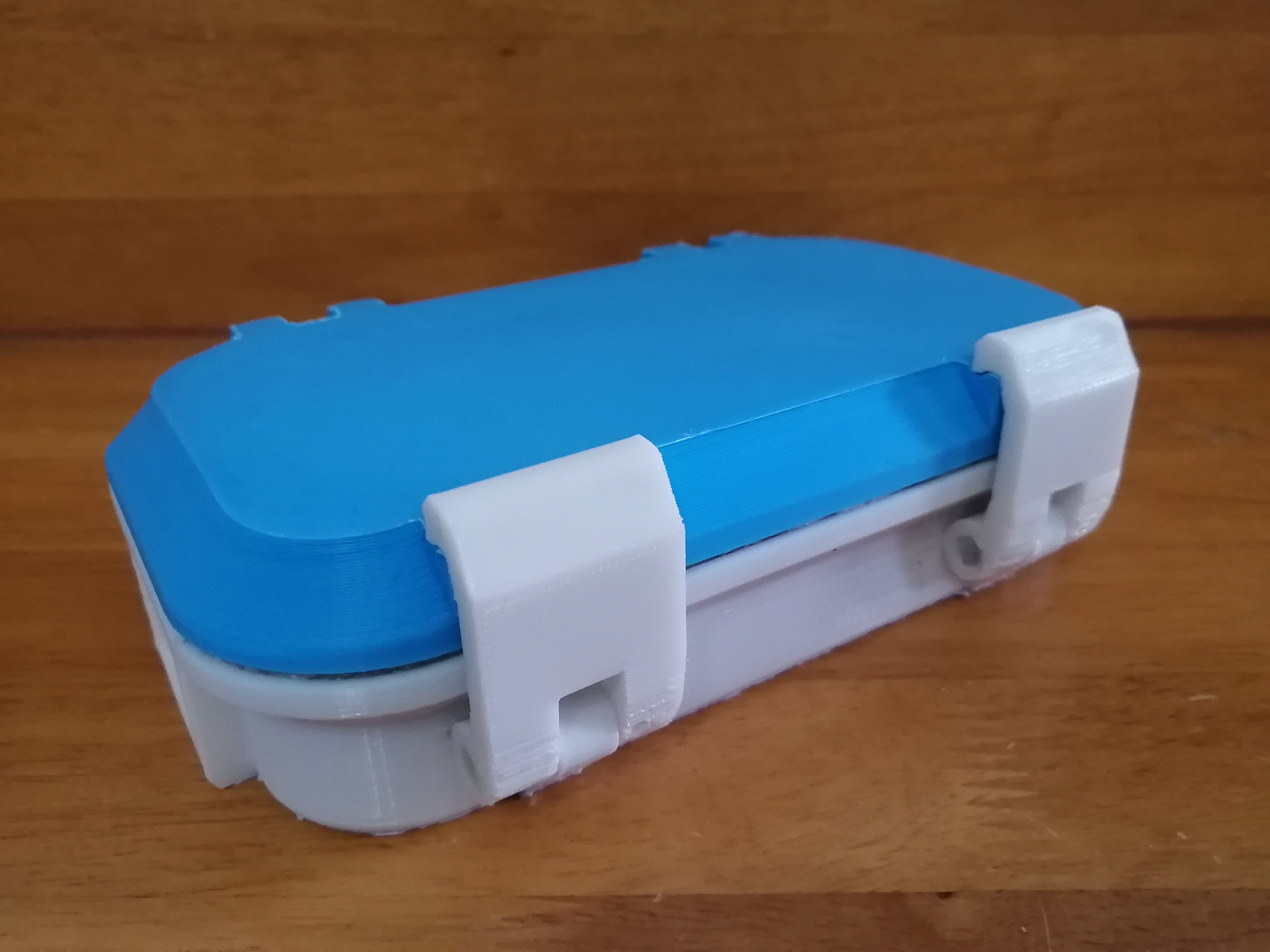Our original opensource
3D printed mini-DIYbio orbital shaker has been made a couple times by several people around the world.
While nothing makes us happier than seeing people making, enjoying, and improving on our designs we were really excited to see a Florida-based engineer Pierre Baillargeon design and build a proper,
custom-made circuitboard to accommodate all the electronics of our shaker design.
These boards would also work with our larger
V2 shaker which uses the same electronics as V1.
The board provides mounting for a stepper motor controller, an Arduino Pro Mirco, as well as connections for the shaker's peripheral devices (the stepper itself, a potentiometer, DC power jack, and switch).

You can see the before-and-after (below) of what the insides of the shaker look like with and without the circuitboard. To Pierre's credit, even his prototype shaker's electronics are tidier than the mess of wires we ended up with.
Opensource is all about sharing and in many ways, motivating others to take the next step. We're not engineers by trade, but seeing how nice that circuitboard came out gives us inspiration to look into KiCAD and give designing and making boards like this a try. We have lots of projects that could benefit from this next step.
Thanks to Pierre, at least as far as our orbital shaker design is concerned, there is now a circuitboard taking care of it. Thanks Pierre!
The design is available
on GitHub here.

















